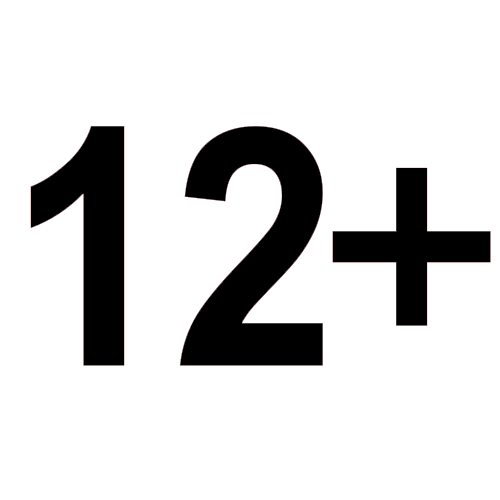STUDY OF THE INFLUENCE OF THE ANATOMICAL STRUCTURE OF THE HARD PALATE ON THE PASSAGE OF EXHALED AIR FLOWS IN PATIENTS WITH INTACT AND EDENTULOUS JAWS IN AN EXPERIMENTAL SETTING
Modern technologies make it possible to produce a high-quality removable prosthesis that meets all aesthetic and functional requirements. Most techniques of making dentures are aimed specifically at improving the quality of tooth placement, however, this methods do not take into account the location of natural teeth and the structural features of the architectonics of the hard palate, which affects the direction and speed of air flows. Exhaled air flows, which don‘t coincide with physiological ones, lead to impaired sound pronunciation, impaired fixation and stabilization of prostheses. The issue of improving of removable dentures, taking into account the above difficulties, seems to be relevant not only from a scientific point of view, but also in practical health care. Thus, the aim of this study is to determine the influence of the anatomical structure of the hard palate on the passage of exhaled air flows in patients with intact and toothless jaws in an experimental setting. The research methodology consists in the morphometric study of 64 gypsum models of jaws of patients with intact dentitions and toothless upper jaws with an assessment of the direction of air flow created using a stand, which allows reproducing air movements on the surface of a removable denture and intact upper jaw during breathing. X-ray studies were also evaluated to determine a stable bone reference when modeling the palatal surface of complete removable laminar dentures. The results allowed us to identify various location of air flows in conditions of intact dentition and complete absence of teeth on the upper jaw, was also revealed a guideline least affected by atrophy when modeling the palatal surface, which is the median palatine suture.
Mitin N.E., Kalinovskii S.I., Oleinikov A.A., Chekreneva E.E., Makarkina Y.A., Taushanov D.V. 2020. Study of the influence of the anatomical structure of the hard palate on the passage of exhaled air flows in patients with intact and edentulous jaws in an experimental setting. Challenges in Modern Medicine, 43 (2): 265–273 (in Russian). DOI 10.18413/2687-0940-2020-43-2-265-273.





While nobody left any comments to this publication.
You can be first.